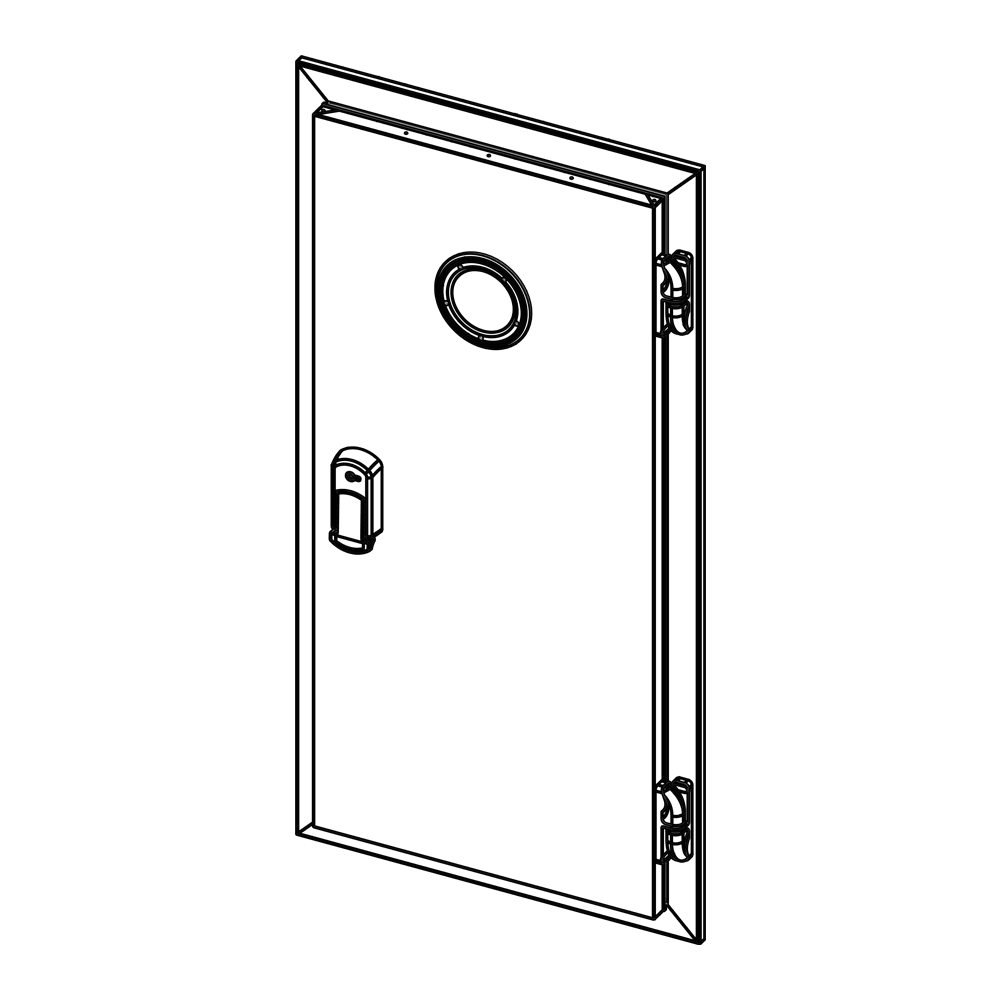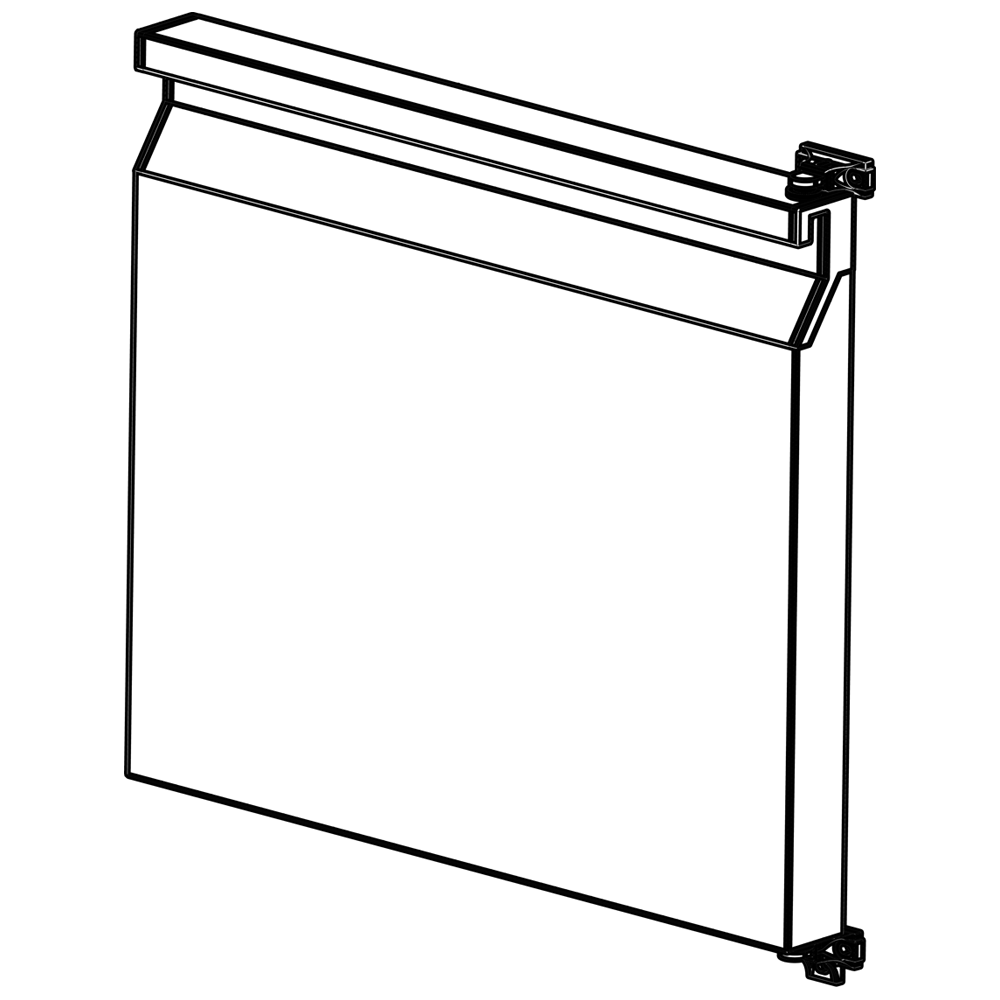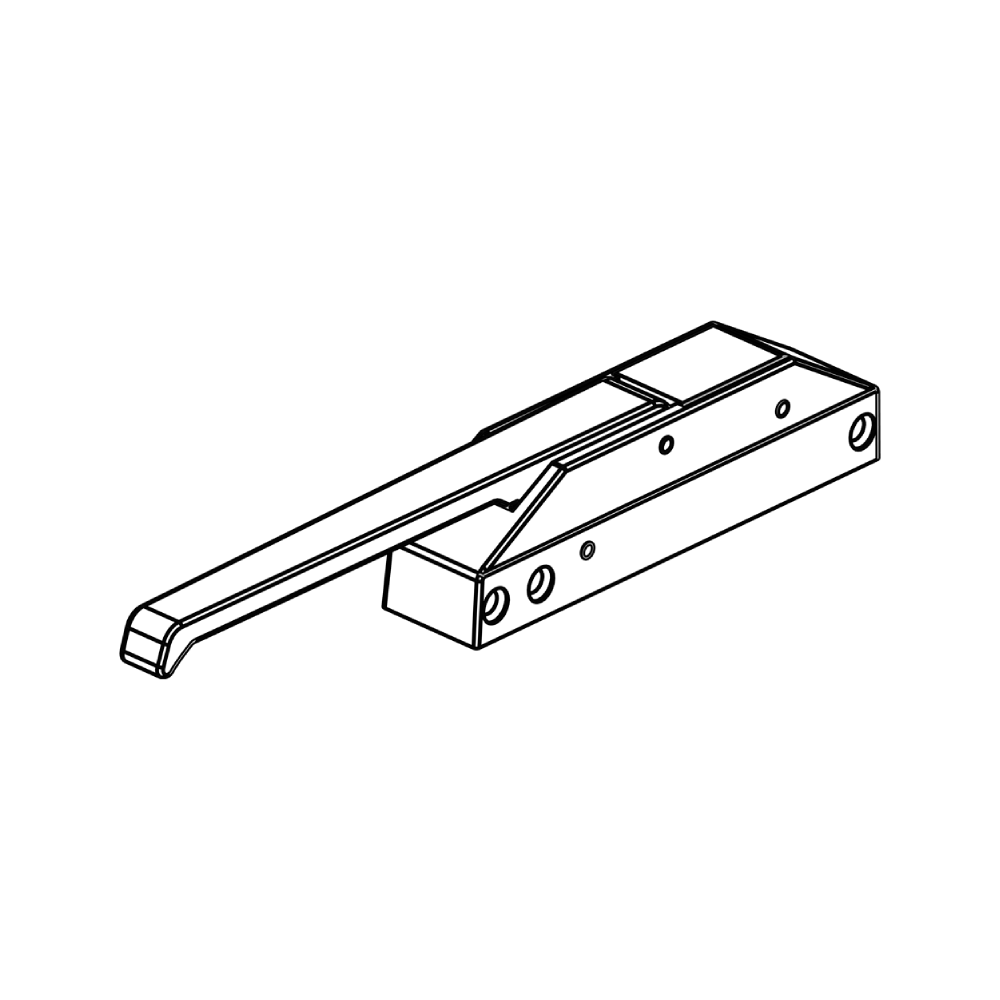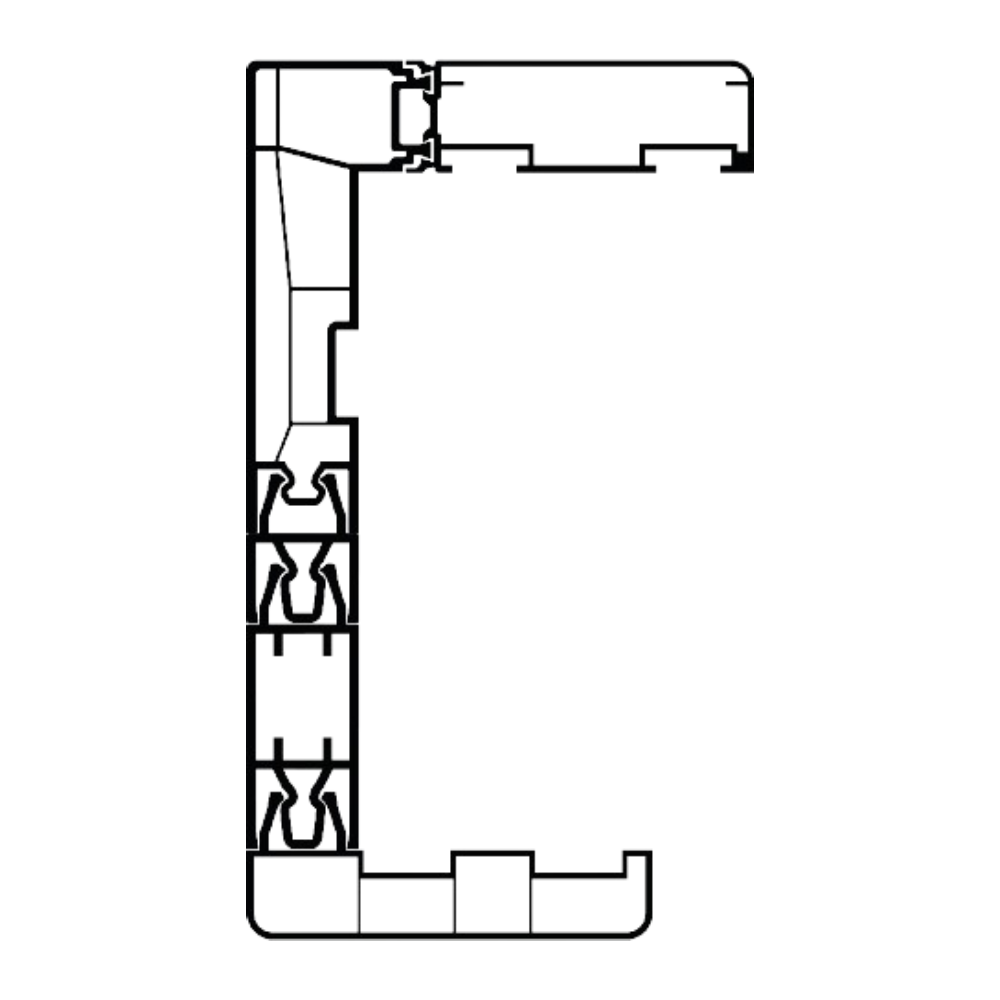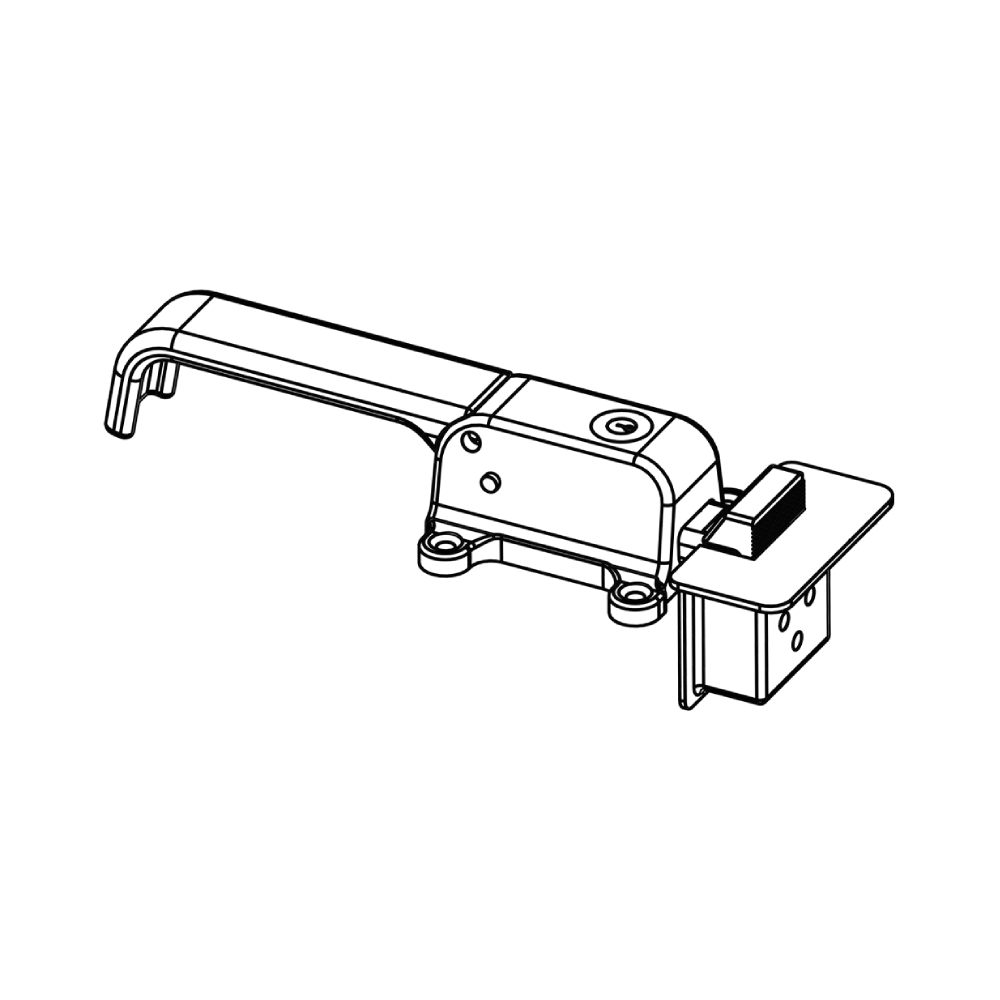Industrial Cold Rooms 2025
Table of Contents
- What Are the Key Criteria for Choosing an Industrial Cold Room in 2025?
- What Are the Differences Between an Industrial Cold Room and a Commercial Cold Room?
- Which Type of Industrial Cold Room Is Suitable for Food Production Facilities?
- How Are Cold Room Automation Systems Used in Industry?
- How Can Energy Efficiency Be Increased in Industrial Cold Rooms in 2025?
- Which Industrial Cold Room Type Is More Efficient for the Food Sector in 2025?
- Which Industrial Cold Room Solutions Have the Lowest Energy Consumption in 2025?
What Are the Key Criteria for Choosing an Industrial Cold Room in 2025?
In 2025, the key criteria for selecting an industrial cold room are shaped by technological advancements and industry needs. First, the requirements of the sector in which the system will be used must be accurately analyzed. Factors such as temperature range, storage capacity, and humidity control vary across industries like food, pharmaceuticals, or logistics.
High-efficiency insulation panels play a significant role in reducing energy consumption. Panel thickness and density are critical for maintaining stable ambient temperatures. Similarly, airtight door systems and fast-opening automatic mechanisms offer advantages in both energy efficiency and operational continuity.
Automation solutions that control the system enable real-time monitoring of temperature and humidity, which is critical for product safety. Additionally, systems using environmentally friendly refrigerants have become a priority in line with sustainability goals.
The physical conditions of the installation site, floor structure, and air circulation must also be carefully evaluated. A system selected with the right criteria ensures long-term efficiency and safe operation.
What Are the Differences Between an Industrial Cold Room and a Commercial Cold Room?
The primary difference between industrial cold rooms and commercial cold rooms lies in their purpose and capacity. Industrial models are designed for the long-term, uninterrupted storage of large product volumes. They are typically used in large facilities, production areas, or distribution centers and feature more robust cooling systems, automation infrastructure, and redundant safety mechanisms.
Commercial cold rooms, on the other hand, cater to the daily or short-term needs of businesses such as markets, restaurants, or hotels. They have smaller capacities and typically operate with manual control systems. Their installation is simpler, and they use lower-capacity cooling solutions.
Another difference lies in the construction materials. Industrial models use thicker, high-density panels, while commercial systems may suffice with thinner materials. In terms of energy consumption, industrial systems require a different engineering approach due to their more robust structures.
Factors such as required capacity, usage frequency, and product type must be analyzed to determine the appropriate system type.

Which Type of Industrial Cold Room Is Suitable for Food Production Facilities?
The selection of an appropriate industrial cold room for food production facilities should be tailored to the product type and production processes. Different product groups, such as meat, dairy, seafood, vegetables, or fruits, require distinct temperature and humidity conditions. Therefore, customized solutions should be developed for each production area.
For fresh product storage, cold rooms operating between +2 and +8°C are typically preferred, while frozen products require systems capable of reaching -18°C or lower. Blast chilling rooms integrated into production lines offer significant advantages in extending shelf life and reducing microbiological risks.
Hygiene standards are also critical for these areas. Surface coatings must have antibacterial properties and be easy to clean. Similarly, high-density panels that ensure energy efficiency provide stable temperatures and reduce operating costs.
Temperature monitoring and remote control capabilities offered by automation systems play a significant role in food safety. Industrial solutions equipped with such features ensure uninterrupted and safe production processes.
How Are Cold Room Automation Systems Used in Industry?
Cold room automation systems used in industrial settings enhance product safety and energy efficiency by precisely managing temperature and humidity control. These systems continuously monitor indoor conditions and automatically intervene when necessary to maintain balance. They play a critical role in maintaining quality standards, particularly in the food, pharmaceutical, and chemical industries.
Automation systems provide remote access capabilities, allowing temperature monitoring via mobile devices or computers. Alarm notifications enable immediate intervention in case of potential failures, minimizing operational risks.
Energy management is another advantage of automation systems. Cooling equipment operates only when needed, preventing unnecessary energy consumption. This reduces costs and extends system lifespan.
Data logging features allow tracking of past temperature changes, which is particularly beneficial for industries subject to audits. In short, automation systems have become indispensable for managing not only climate control but also quality and safety in cold rooms.
How Can Energy Efficiency Be Increased in Industrial Cold Rooms in 2025?
In 2025, increasing energy efficiency in industrial cold rooms relies on technology-driven solutions. First, using panels with high insulation values can minimize heat loss. Panel thickness, installation details, and corner joints directly impact this process.
Another way to achieve energy savings is by opting for cooling systems with inverter technology. These systems adjust operation based on load conditions, preventing unnecessary energy expenditure. Additionally, airtight door systems and fast-transition doors reduce energy loss.
Smart control systems enable precise management of indoor temperature and humidity levels. These systems automatically stop equipment when not needed, ensuring both energy savings and extended equipment lifespan.
Using LED lighting systems also contributes significantly. Regular maintenance, filter cleaning, and leak checks help maintain system performance. When combined, these measures significantly enhance energy efficiency in industrial cold rooms.
Which Industrial Cold Room Type Is More Efficient for the Food Sector in 2025?
In the food sector, as of 2025, efficiency-focused industrial cold room choices are shaped by product type and operational dynamics. Combined systems, which offer different temperature zones within the same structure, provide high efficiency. This allows both fresh and frozen products to be stored under controlled conditions in a single space.
For products requiring short-term storage, such as fresh fruits, vegetables, or dairy, systems operating between +2 and +8°C are sufficient, while frozen foods require deep freezer rooms capable of maintaining -18°C or lower. Models integrating both systems offer operational convenience and energy management benefits.
High-insulation panels, airtight doors, and smart control systems have become standard in these structures. Additionally, systems equipped with automatic temperature monitoring and remote access features enhance product safety and minimize human intervention.
Multi-purpose, technology-supported structures designed for different food groups are among the most efficient solutions for the food sector in 2025.
Which Industrial Cold Room Solutions Have the Lowest Energy Consumption in 2025?
In 2025, the industrial cold room solutions with the lowest energy consumption consist of models equipped with high-insulation materials and smart systems. In particular, polyurethane-filled panels with low thermal conductivity keep internal temperatures stable, minimizing energy needs.
Cooling systems with inverter technology also stand out in this area. Compressors adjust their operating speed based on environmental needs, consuming only the necessary amount of energy. This prevents unnecessary electricity consumption and contributes to a longer system lifespan.
LED lighting reduces energy consumption as another key factor. Additionally, automatic opening/closing doors and air curtains help maintain internal temperatures by reducing external environmental impact.
Solutions supported by smart automation systems centrally monitor temperature, humidity, and equipment performance, operating only when necessary. When combined, these components result in the most energy-efficient industrial solutions.


